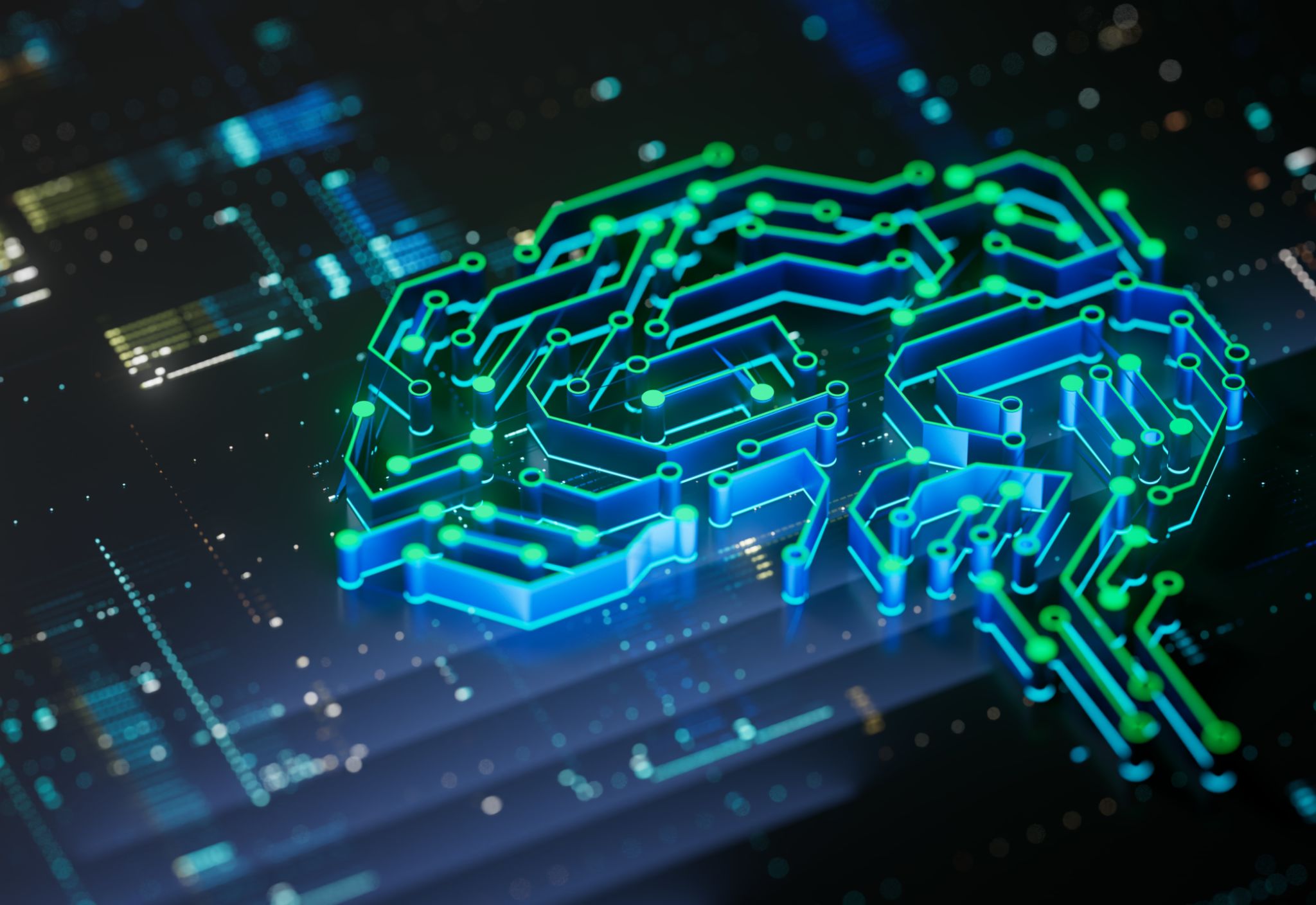The Future of Cyber Defense: Emerging Trends in Penetration Testing
The Evolution of Penetration Testing
The landscape of cybersecurity is rapidly evolving, with new threats emerging every day. As organizations strive to protect their digital assets, penetration testing has become an essential component of a robust cyber defense strategy. Traditionally, penetration testing was a manual process conducted by skilled professionals attempting to exploit vulnerabilities. However, as technology advances, so too does the methodology of penetration testing.
In recent years, there has been a significant shift towards automating penetration testing processes. Automated tools can quickly scan and identify vulnerabilities across complex networks, allowing for more frequent testing. This shift not only improves efficiency but also ensures that organizations can stay ahead of potential threats by continuously monitoring their systems.

AI and Machine Learning in Penetration Testing
Artificial Intelligence (AI) and Machine Learning (ML) are playing pivotal roles in the future of penetration testing. These technologies enable testers to analyze vast amounts of data quickly and accurately. AI algorithms can identify patterns and predict potential vulnerabilities, providing a proactive approach to cyber defense. Additionally, ML can help in developing more sophisticated attack simulations, allowing testers to explore vulnerabilities that may not be apparent through traditional methods.
Leveraging AI and ML in penetration testing also enhances the ability to conduct real-time analysis. This capability is crucial in identifying and mitigating threats as they arise, minimizing potential damage. As these technologies continue to develop, their integration into penetration testing will become increasingly seamless, offering even greater protection for organizations.

The Rise of Red Teaming
Red teaming is another emerging trend in penetration testing that is gaining traction. Unlike traditional penetration tests, which are often limited in scope, red teaming involves a comprehensive assessment of an organization's security posture. It simulates real-world attacks to test not only technical defenses but also human and physical security measures.
This approach provides a more holistic view of vulnerabilities and helps organizations understand how they might be exploited by actual attackers. Red teaming can uncover weaknesses that standard penetration tests might miss, offering a deeper level of insight into overall security readiness.
Benefits of Red Teaming
- Identifies gaps in security protocols
- Enhances incident response capabilities
- Improves organizational awareness and training

The Importance of Continuous Testing
In today's fast-paced digital environment, vulnerabilities can emerge at any time. Therefore, continuous testing has become a critical component of modern cyber defense strategies. Continuous penetration testing involves regularly scheduled scans and assessments to ensure that systems remain secure against new and evolving threats.
This proactive approach helps organizations maintain a strong security posture by identifying and addressing vulnerabilities as soon as they appear. By integrating continuous testing into their security protocols, businesses can significantly reduce the risk of data breaches and other cyber incidents.
Looking Ahead: The Future of Cyber Defense
The future of cyber defense lies in adapting to new challenges with innovative solutions. As the digital landscape becomes increasingly complex, the demand for advanced penetration testing techniques will continue to grow. Organizations must stay informed about emerging trends and technologies to effectively protect their assets.
Investing in cutting-edge technologies like AI, ML, and red teaming will be essential for maintaining a robust cyber defense strategy. By embracing these trends, businesses can ensure they are well-equipped to navigate the ever-changing threat landscape and safeguard their digital infrastructure against potential attacks.
